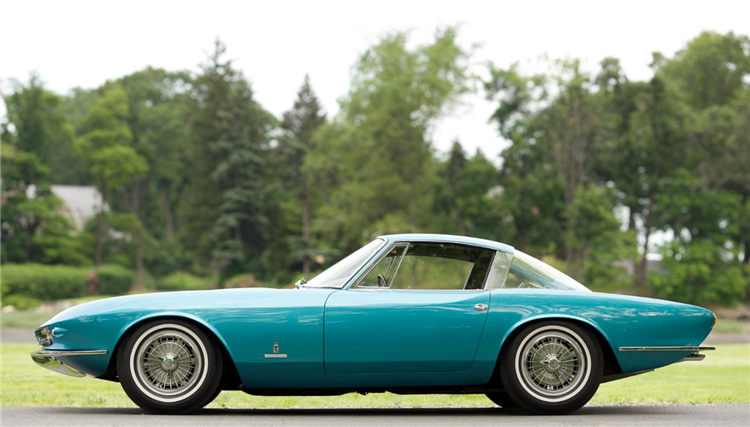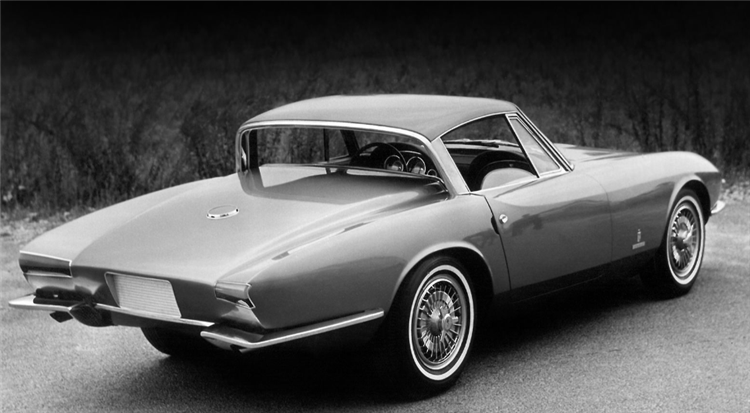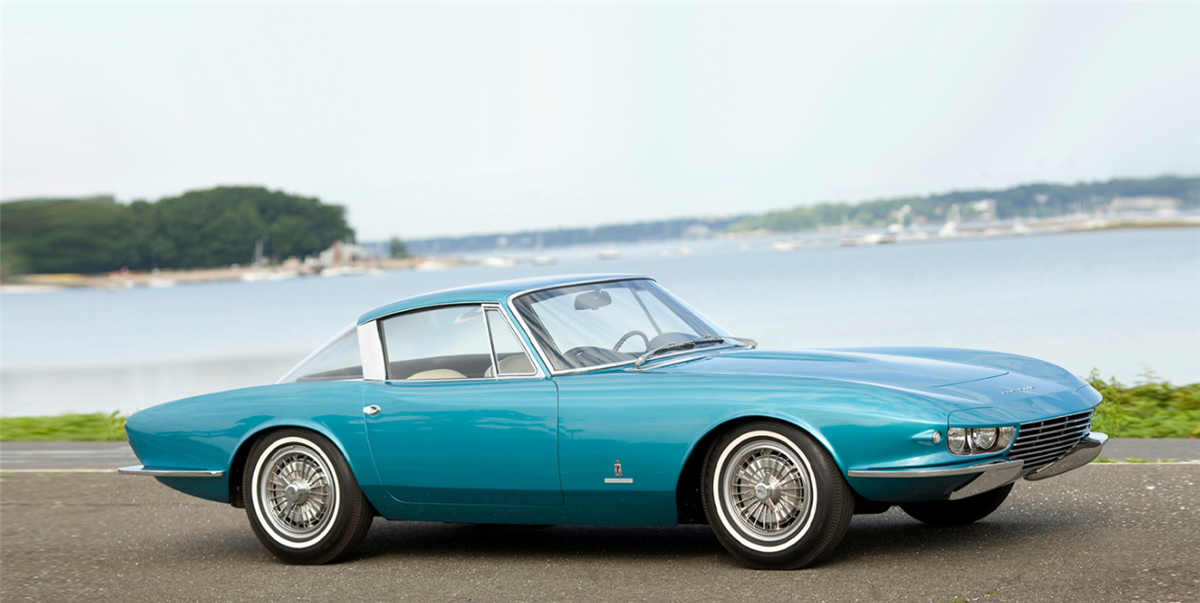The Corvette Rondine, a coachbuilt vehicle by Pininfarina, resembled a 1960s Ferrari more than the C2 it was designed to replace. Over its seven decades of production, the Chevrolet Corvette rose to become the most popular sports car in America and one of the most iconic cars ever produced in the country. Powerful and dependable V8 engines have always been available at a reasonable price, making the ‘Vette a popular option for European manufacturers who have utilized it as the foundation for some stunning cars.
Moreover, some of Europe’s most esteemed coachbuilders have fitted custom bodywork to multiple versions of America’s favorite sports car. Notable instances include the Kelly Corvette, which was constructed by Carrozzeria Vignale, and the Scaglietti Corvette, which was created with Carroll Shelby’s assistance. The 1963 Rondine, a Pininfarina unique, is another Corvette that is worthy of remembering, clad in an Italian designer outfit.
A Pininfarina show car

Unlike the abovementioned re-bodied ‘Vettes, this exquisite one-off was not commissioned by a Corvette owner who wanted a unique ride. The story of this car starts several months after the official introduction of the C2 when GM chief stylist Bill Mitchell got a call from close friend Sergio Pininfarina. Back then, every established coachbuilder had to turn up at Europe’s top auto shows with something new to remain relevant, and Ferrari’s go-to design house had nothing to show for the upcoming 1963 Paris Motor Show.
Rather than re-body a Ferrari, the company boss reasoned that working on the cheaper C2 would be a better idea, especially since he could probably source a chassis for free from his American friend. Of course, Mitchell agreed to help and even allowed the coachbuilder to use the Corvette nameplate. The Italians went to work, and in just a few months, the concept dubbed Rondine (swallow in Italian) was ready for its public unveiling.
Handcrafted in Italy but designed by an American
The Rondine was a bold reimagining of the C2, sporting a steel body rather than the standard fiberglass one. The concept car, created by American-born Pininfarina stylist Tom Tjaarda, kept the Sting Ray’s long nose and short tail, but the bodywork was completely redone with a focus on exuding elegance from flowing simplicity.
The automobile took on a characteristic European grand tourer appearance as a result of the exterior structure becoming substantially longer than the original C2 body.
An elegant, front end and side profile mixed with a futuristic tail
The Rondine’s sloping nose with partially covered headlamps and an ample grille flanked by subtle bumpers was a bold departure from the sharp-edged front fascia of the C2. The same formula of reducing sharp edges was applied to each side, resulting in a gorgeously flowing waistline that harmoniously joined the sloping front end with the slightly bulged lines of the rear quarter and the receding tail that gave the concept its name.
While the front and side profile, the rear end of the Rondine was a bold mix of aggressive lines. Tjaarda discarded the rounded taillights of the stock Sting Ray, replacing them with larger, rectangular variants that complemented the edgy, swallow-inspired theme of the tail.
Inside, the Rondine was more C2 than a one-off. The dashboard, center console, and seats were retained, but the latter, along with the door panels, were upholstered in premium white leather.
The controversial feature that was ultimately redesigned

Though little details from the development stage of this fantastic concept have survived, some early photos (like the one above) suggest that the Rondine’s roof featured an integrated roll-bar-like structure that made up the B pillars. Moreover, it seems that it didn’t feature a rear window, which might have made the car look futuristic and bold but also unfinished.
Probably because this design feature was controversial (similar to the C2 coupe’s split-window arrangement), the rear section of the roof was subsequently redesigned, receiving a large wraparound rear window.
All-American underneath
While the handcrafted steel body oozed Italian luxury, the Rondine remained a thoroughbred American Corvette underneath. Even if the car had longer front and rear overhangs, the chassis didn’t receive any modifications, boasting the suspension setup and power-assisted disc brakes of the mass-produced C2.
The powertrain was also stock, comprising a naturally aspirated 360-hp Rochester fuel-injected, 327-ci (5.4-liter) small-block V8 linked to a four-speed Borg-Warner manual transmission.
From an Italian museum to a private collection in the US
Both the public and the press reacted well to the Rondine during the 1963 Paris Motor Show. The next year it went on tour at the most famous motor exhibition on the Old Continent, and then it was on display at the Pininfarina Museum in Turin. As Pininfarina struggled to make ends meet and pay off its massive debt in the late 2000s, management made the decision to split ways with a number of designs, including the Rondine.
As a result, the customized Corvette was scrapped in 2008. At a Barret-Jackson event, Michael Schudroff, an American collector and historic automobile dealer, purchased it for about $1.8 million.
It was not commissioned by Chevrolet
While scouring the World Wide Web for information about the Rondine, I found several articles perpetuating the same common misconception. Almost every single one states that the concept was commissioned by Chevrolet, which is not only false but makes absolutely no sense. The GM division had just introduced the redesigned C2 in 1962 (for the 1963 model year). Since the powertrains were carried over from the C1, the Sting Ray’s main selling point was the completely new body that now featured a split-window, fastback coupe option, so commissioning another design concept made no sense.
It is accurate, according to the same papers, that the car was later shown in the Pininfarina Museum. Therefore, the special car would have been destroyed or on exhibit at the GM Heritage Center if it had been a concept car commissioned by Chevy. Notwithstanding misconceptions, the 1963 Rondine was a stunning representation of the pinnacle of Italian coachbuilding and is still regarded as one of the most exquisite traditional Corvette designs.
